Woe betide the fool who underestimates the power of the teenage girl.
The teen market truly has an influence like no other. The 11–17-year-old bracket decide what is cool, whether it is by their ardent adoration lifting pre-adolescent heartthrobs into the mainstream (think Harry Styles casting in Christopher Nolan’s Dunkirk) or by providing a foil against which ‘true musos’ can demonstrate the nicheness of their unconventional music tastes.
It is easy to dismiss the value of this specific force of music consumers. However, though the teenybopper is little, she is fierce. These giggling girls have a military standard of allegiance to their particular cause. Their combat of choice may be viral dances, but it is their routines that blew up Lil Nas X’s ‘Old Town Road’ and Megan Thee Stallion’s ‘Savage’. Their base camps may be outside arenas armed with merch and flags, but the number they file out would put any regiment to shame. These are the fans who stream on repeat and make number ones. They have the posters, the bedspreads and lunch boxes to match. It is no surprise then the BTS fandom is called their ‘ARMY’. There is power in their pennies, and they have sieged control of the charts.
It is also easy to underestimate the objects of these girls’ affections. Those artists who evoke such levels of hysteria are easily cast aside as fads and phases. Lack of true musical value is assumed (perhaps drowned out by all the screaming). However, it must be acknowledged, these collective teenage crushes have given us some of our most esteemed musicians. In particular: The Beatles.
The true zenith of the power of the teen market was uncovered in the 1960s. The sexual revolution, a booming economy and four young men from Liverpool, England. Whilst Elvis Presley and Frank Sinatra garnered some degree of this affection. The Beatles provided four distinct personalities to know, love and yearn for. Whether it was Ringo’s cheeky chappy cheer, George’s sardonic wit, John’s intellect, or Paul’s cherub-like charm. These boys were loved individually but together they were worshipped. Lenon even commented they were ‘more popular than Jesus.’
Meanwhile, the same tension we see today between popularity and cultural value played itself out. Paul Johnson in the New Statesman wrote that the Beatles adoring audiences were ‘the least fortunate of their generation, the dull, the idle, the failures’ referring to their overwhelming influence on youth culture as ‘Beatlism,’ a ‘mass-produced mental opiate.’ It is safe to say that as these four men became national treasures, and musical heroes, Johnson’s comment has not aged well.
If then, as it seems, Beatlemania and Bieber-fever both boil down to a 13 year old girl and a pretty boy with swishy hair, maybe it’s time to recognise, sometimes, the teens have it right. Their affections may mean ‘sell-out’ and saying goodbye to street-cred. But it also means fame, fortune, world tours and a kicking platform to launch a solo career. Maybe then, we should reserve our condescension of the next screaming cohort and see it instead as insurance that our generation will have our own McCartney to love, treasure and remind us of our screaming youth.
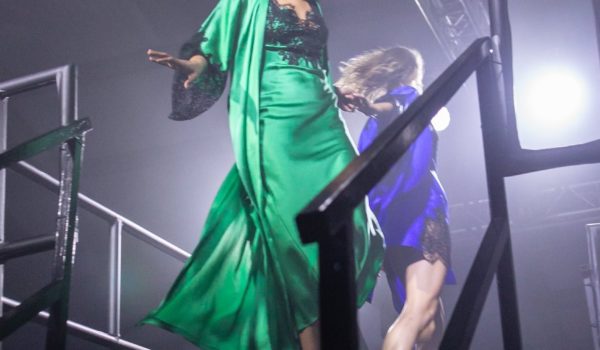

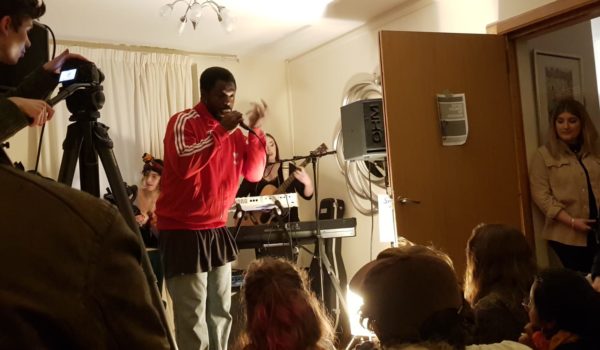
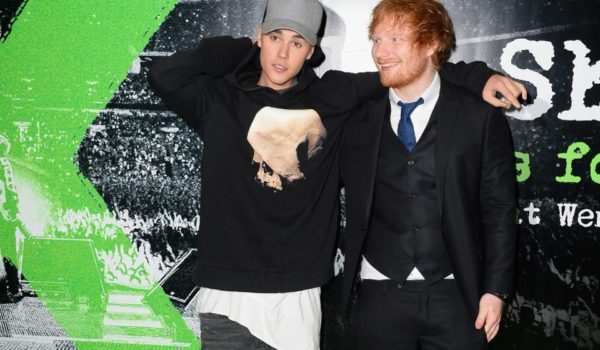
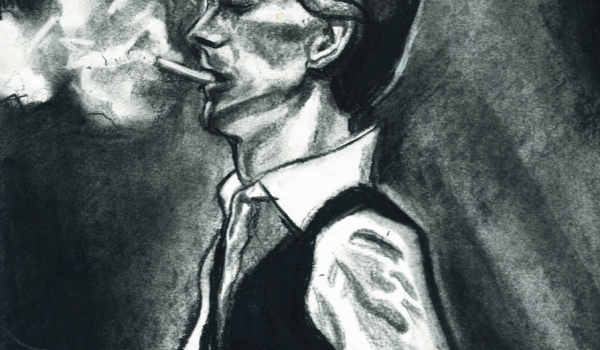
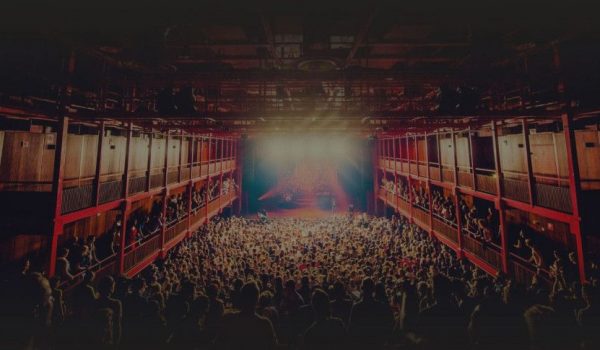
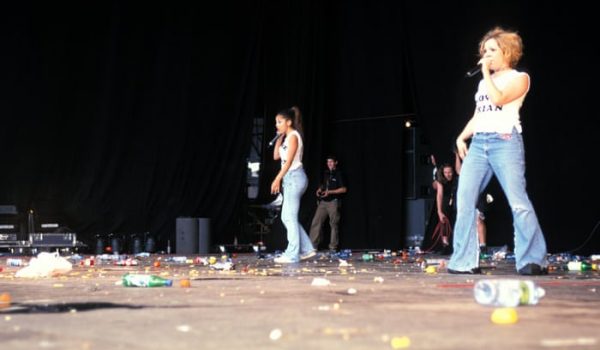
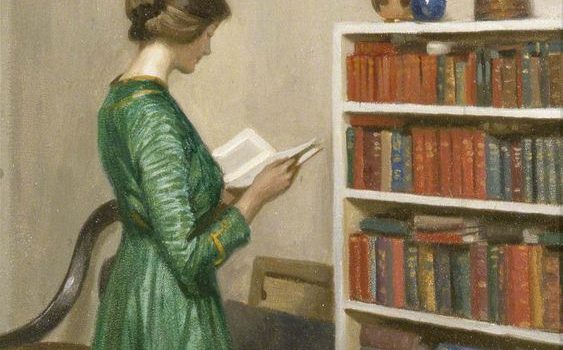
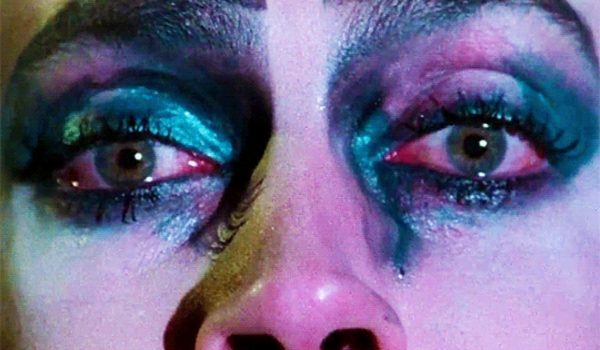
Comments